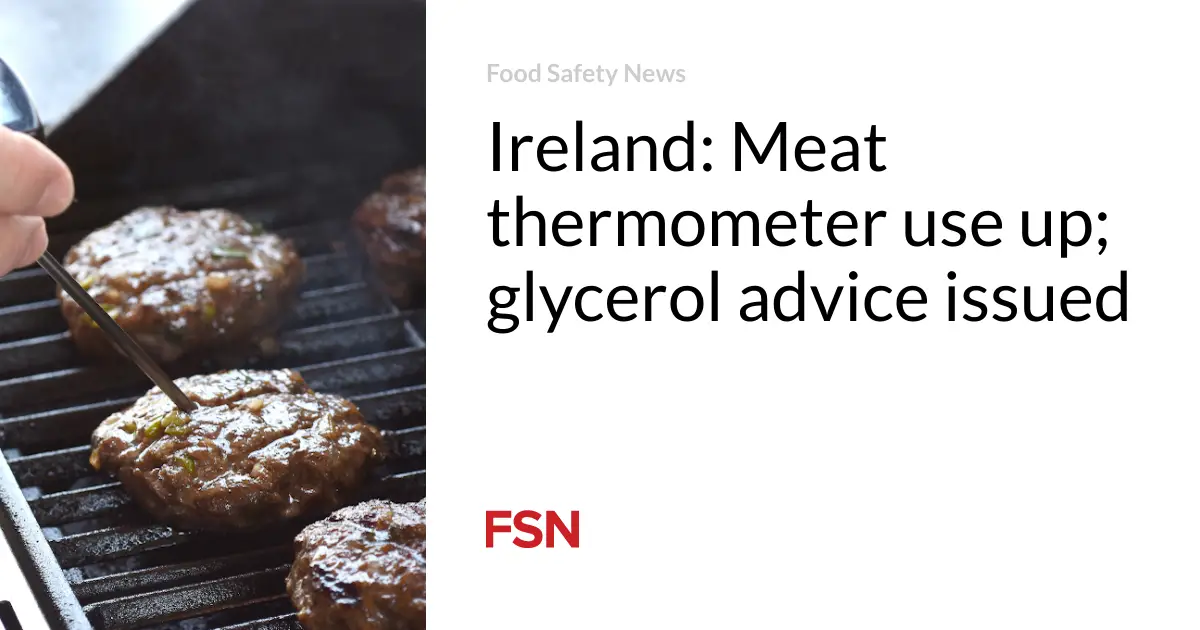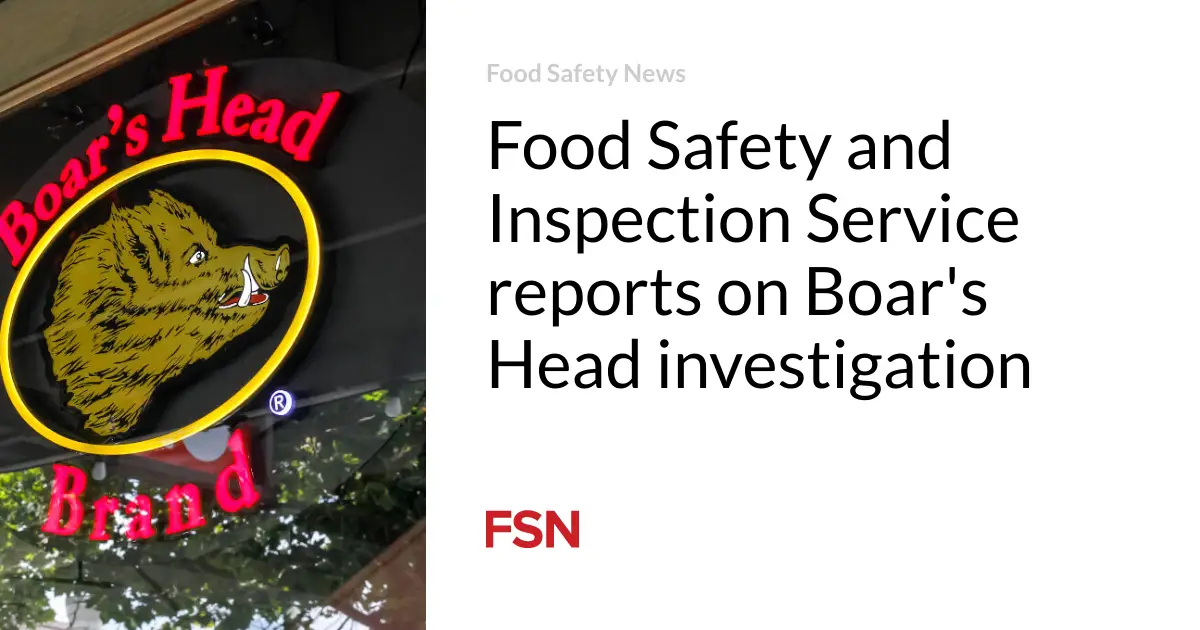
An Irish survey has found a significant increase in the percentage of people who own a meat thermometer.
A total of 38 percent of home cooks now own a meat thermometer, up from 17 percent three years ago.
Ipsos B&A conducted the research with 2,006 respondents aged over 15 on the island of Ireland.
Safefood, a group that promotes food safety and nutrition in Northern Ireland and the Republic of Ireland, welcomed the results.
Barbecue food safety
Findings show that people understand the critical message that using a meat thermometer is an effective way to ensure food safety at a barbecue, said Trish Twohig, Safefood’s director of food safety.
“With so many enjoying barbecues in the summer, it’s important that we’re all aware of the risk of food poisoning. A meat thermometer provides an extra layer of reassurance when cooking meats like burgers, sausages, chicken, and kebabs,” she said.
Of those who don’t own a meat thermometer, 32 percent said they intend to purchase one in the future.
Chef Nico Reynolds, who is supporting the campaign, said: “We all want to enjoy a burger or sausage in the sun this summer, and using a meat thermometer is essential for ensuring the food you serve up is tasty, well-cooked, and safe to eat.”
To use the device, remove the meat from the heat and insert the thermometer into the thickest part. When it reads 75 degrees C (167 degrees F), it’s cooked through and safe to consume.
Other tips include keeping perishable foods like salads, coleslaw, and quiche in the fridge until they are ready to be served. When handling raw meat and poultry, wash your hands thoroughly and frequently. Make sure to keep cooked meat separate from raw meat and to use separate chopping boards, cooking utensils, and plates. With leftovers, let the food cool, then refrigerate within two hours of cooking. Consume leftovers within three days and reheat them only once.
Glycerol guidance
Meanwhile, the Food Safety Authority Ireland (FSAI) has become the latest agency to publish advice on slush ice drinks that contain glycerol.
It advises that children aged four and under should not consume glycerol-containing slushies and that consumption should be limited to one per day for children between 5 and 10 years of age.
Glycerol is an approved additive used to lower the sugar content of drinks. It gives ice drinks a slushy effect and prevents the liquid from freezing solid.
Food Standards Scotland (FSS) and the Food Standards Agency (FSA) issued voluntary industry guidance in 2023 on glycerol in these drinks after children fell sick in Lanarkshire in 2021 and Edinburgh in 2022. Another case was reported in early 2024.
There are concerns about its effects on young children when consumed in large quantities. Potential side effects include headaches, nausea, and vomiting.
FSAI guidelines require the industry to use the minimum quantity of glycerol necessary when making slush ice drinks; display point-of-sale warnings stating “this product contains glycerol and is not recommended for children aged four and under”; and avoid offering free refills of slush ice drinks to younger children.
FSAI has also raised the issue with the European Commission and other member states, which may lead to a change in food additive legislation.
Pamela Byrne, FSAI chief executive, said the advice is to limit young children’s exposure to glycerol and raise awareness that high consumption levels can potentially cause side effects.
“While we do not want to cause parents, guardians, or caregivers undue worry, we are advising that no child under four years of age should be consuming these slush ice drinks and that consumption should be limited to no more than one per day for children aged between 5 and 10 years of age,” she said.
“High consumption of glycerol-containing slush ice drinks over a short time by young children could cause headaches, nausea, and vomiting. On rare occasions, it could potentially lead to severe symptoms such as shock, hypoglycemia (low blood sugar), and loss of consciousness.”
(To sign up for a free subscription to Food Safety News, click here.)







